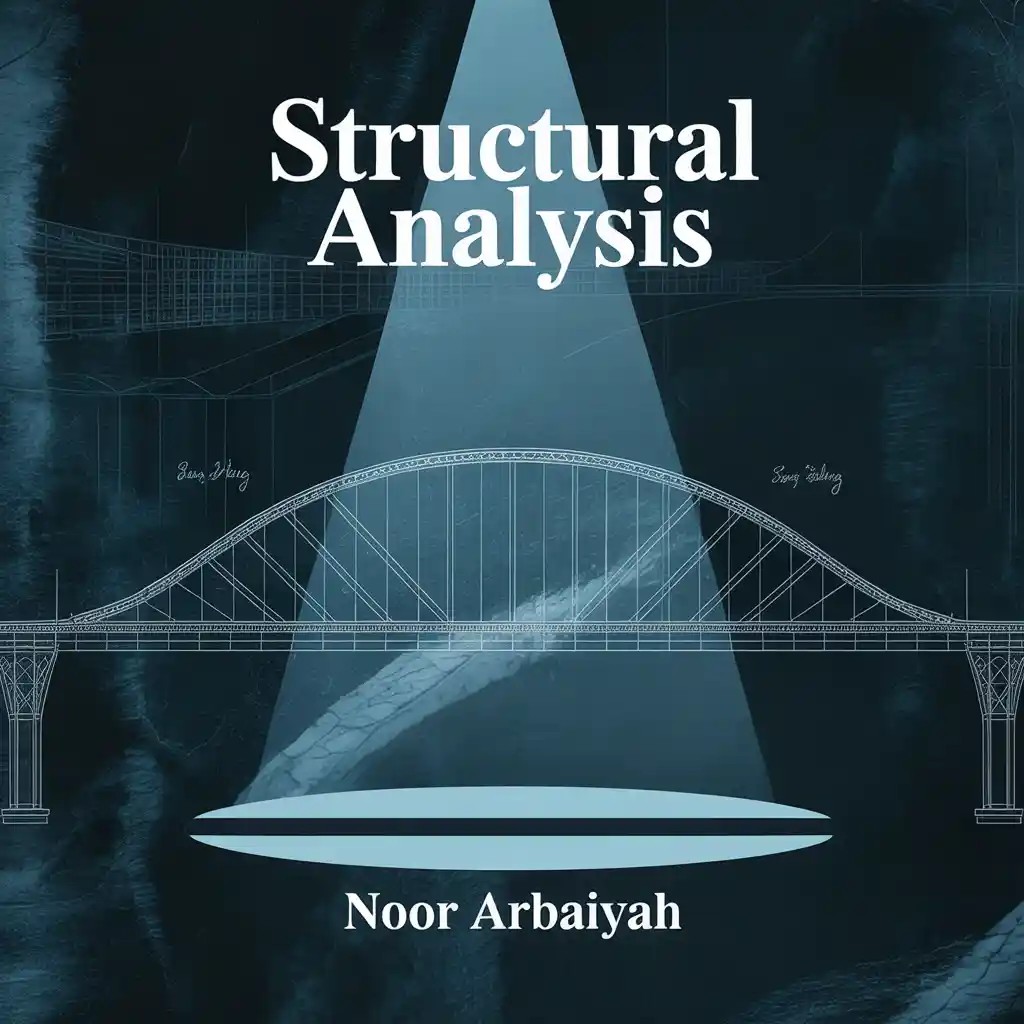
About This Course
Topic 1: Types of Structures, Internal Forces, Forms of Structures, and Types of Joints in Framed Structures
- Types of Structures:
- Framed structures (buildings, bridges)
- Truss structures (bridges, roofs)
- Shell structures (tanks, domes)
- Solid structures (dams, walls)
- Internal Forces:
- Tension (pulling force)
- Compression (pushing force)
- Shear (sliding force)
- Bending moment (causes bending)
- Torsion (causes twisting)
- Forms of Structures:
- Rectangular frames
- Triangular/truss forms
- Arch structures
- Space frames
- Types of Joints in Framed Structures:
- Pinned joints (hinged connections)
- Fixed joints (rigid connections)
- Roller joints (allow movement in one direction)
- Framed structures (buildings, bridges)
- Truss structures (bridges, roofs)
- Shell structures (tanks, domes)
- Solid structures (dams, walls)
- Tension (pulling force)
- Compression (pushing force)
- Shear (sliding force)
- Bending moment (causes bending)
- Torsion (causes twisting)
- Rectangular frames
- Triangular/truss forms
- Arch structures
- Space frames
- Pinned joints (hinged connections)
- Fixed joints (rigid connections)
- Roller joints (allow movement in one direction)
Topic 2: Statically Determinate Structure
- Definition:
- Structures where all reactions & internal forces can be found using only static equilibrium equations
- Characteristics:
- Number of unknowns = Number of equilibrium equations
- Analysis is straightforward and precise
- Examples:
- Simply supported beam (pin & roller support)
- Pin-jointed truss (triangular units)
- Three-hinged arch
- Importance:
- Forms foundation for more advanced analysis
- Used as benchmark for accuracy
- Limitations:
- Less material efficiency
- Prone to collapse if a member fails
- Structures where all reactions & internal forces can be found using only static equilibrium equations
- Number of unknowns = Number of equilibrium equations
- Analysis is straightforward and precise
- Simply supported beam (pin & roller support)
- Pin-jointed truss (triangular units)
- Three-hinged arch
- Forms foundation for more advanced analysis
- Used as benchmark for accuracy
- Less material efficiency
- Prone to collapse if a member fails
Topic 3: Statically Indeterminate Structure
- Definition:
- Structures where equilibrium equations alone are insufficient to determine all forces and reactions
- Need additional compatibility (deformation) equations
- Characteristics:
- Number of unknowns > Number of equilibrium equations
- More supports/redundancy, more complex analysis
- Examples:
- Fixed-fixed beam
- Continuous beam (multiple supports)
- Rigid frames with extra members
- Redundant trusses
- Methods of Analysis:
- Force method (consistent deformation)
- Displacement method (slope-deflection, moment distribution)
- Finite Element Analysis (FEA)
- Advantages:
- Greater redundancy & safety
- Efficient use of materials
- Reduced deflection
- Limitations:
- More complex analysis
- Sensitive to support movement & construction error
- Example Calculation (Fixed-Fixed Beam):
- Uniform load, length = 6 m, w = 10 kN/m
- Reactions and moments require deformation compatibility for solution
- Structures where equilibrium equations alone are insufficient to determine all forces and reactions
- Need additional compatibility (deformation) equations
- Number of unknowns > Number of equilibrium equations
- More supports/redundancy, more complex analysis
- Fixed-fixed beam
- Continuous beam (multiple supports)
- Rigid frames with extra members
- Redundant trusses
- Force method (consistent deformation)
- Displacement method (slope-deflection, moment distribution)
- Finite Element Analysis (FEA)
- Greater redundancy & safety
- Efficient use of materials
- Reduced deflection
- More complex analysis
- Sensitive to support movement & construction error
- Uniform load, length = 6 m, w = 10 kN/m
- Reactions and moments require deformation compatibility for solution

Curriculum Overview
This course includes 1 modules, 6 lessons, and 0:50 hours of materials.
In structural engineering, it is essential to understand the different types of structures and the forces they experience. Structures can be classified as framed, truss, shell, or solid structures, each serving specific purposes in construction. These structures are designed to withstand various internal forces such as tension, compression, shear, bending moment, and torsion. The form or shape of a structure—such as rectangular frames, trusses, or arches—affects its strength and stability. Lastly, the connections or joints between structural members, including pinned, fixed, and roller joints, play a crucial role in how forces are distributed and how the structure responds to loads. Mastering these fundamentals forms the foundation for analyzing and designing safe and efficient structures.
A statically determinate structure is a type of structure in which all internal forces and support reactions can be calculated using only the equations of static equilibrium. These structures do not require any additional compatibility or deformation equations for analysis. Examples include simply supported beams, pin-jointed trusses, and three-hinged arches. Statically determinate structures are straightforward to analyze, provide clear insight into force distribution, and are often used as foundational examples in structural engineering. However, they may lack redundancy, meaning failure of a single member can lead to complete collapse.
A statically indeterminate structure is a structure in which the internal forces and support reactions cannot be determined by static equilibrium equations alone. Additional compatibility (deformation) equations are required for a complete analysis. Examples of statically indeterminate structures include fixed-fixed beams, continuous beams, rigid frames, and redundant trusses. These structures offer advantages such as greater redundancy, improved material efficiency, and reduced deflection. However, their analysis is more complex and requires a consideration of how the structure deforms under load. Statically indeterminate structures are common in modern engineering due to their strength and safety advantages.
Question level medium





Reply to Comment